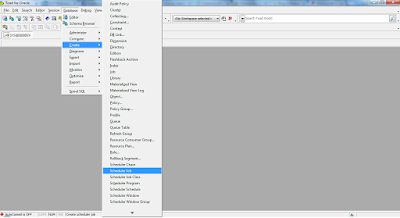Oracle ADF Business Components
Oracle ADF Business Components is part of the Oracle ADF framework that is responsible for simplifying the way that we build Java EE based business services that interact with database it focus on delivering familiar development approach for developers who are comming from the 4 Generation Lanugage tools such as Oracle Forms, Powerbuilder or Visiual Basic and its provide very declarative approach to creating those business services and relational databases.
In funcianility Oracle ADF bussiness component is responsible for simplifing the way that we access the data. It also simplifies the way that we write business logic on top of this data. It uses SQL is the way to define the views of the data that we getting. Its separate actual data views from business logic and perform validation in our application. It is also easy to customize it.
ADF Business components consist of three layers
1) Entitiy Objects and Associations
2) View Objects and View Link
3) Application Module with View Object Instances
Entity Objects and Associations funcationality
1) Entity Objects
a. Maps to a row in a database table
b. Handles insert, update,delete operation
c. Define behaviours of attributes
d. Can contain validation and business logic
2) Associations
a. Define a relationship bnetween Entity Objects
b. Facilitate access to data in related entity objects
c. May be based on databse constraints
d. May be independent of databse constraints
e. Are used in defining validations and LOV
f. Consist of a Master, Detail entity
View Objects
1) Represent a query
2) Are used for joining, filtering, projecting, and sorting business data
3) Enable us to have a view of data that is specific to one par of our application
4) Can be constructed from a SQL statement, static values, or populated programmatically
5) Can also be based on any number of entity objects
Application Modules
1) Contain an active data model that the client uses to interact with view object instances
2) Control the connection to the database and keep track of all changes that affect data in the database
3) Provide remotely accessible methods to implement application module behavior
4) Are easily reused



Comments
Post a Comment